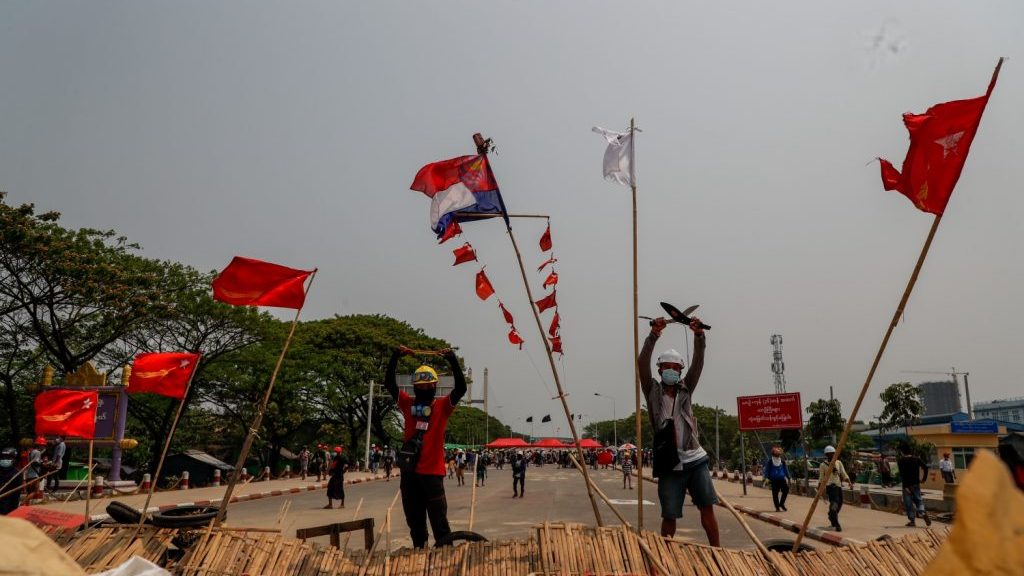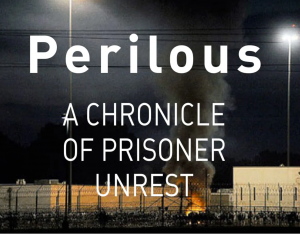An Indian Anarchist on Anti Caste Organizing and More!

This week we are very happy to present an interview with Pranav Jeevan P, who is a student, a writer, an anti-caste activist, and an Indian anarchist living in the state of Kerala. You are listening to the full extended audio from this conversation, where you’ll hear Pranav explaining how he got into anarchism, how anarchistic praxis unfolds in India, some about the origins of and worldwide implications of the caste system, anti-caste organizing and how anarchism feeds it, and about how the BJP and Hindutva have real influence on people’s lives and destinies.
He further touches on the struggle of Dalit and Other Backwards Caste folks and how this tendency has always had solidarity with Black liberation here on Turtle Island, much more information about the anti CAA protest and the Farmer’s Protest, a little bit about the ongoing military occupation of the state of Kashmir, and many more topics. There is already a lot of really good anti-caste hip hop out there, mostly performed by those in oppressed castes, and I’ll be including a bunch of those tracks which have been recommended by our guest, plus providing links in the show notes.
There are a lot of terms in this episode which may be unfamiliar to all listeners, and we warmly invite folks to take a look at our show notes for this episode to see links for further reading and research. Please also look forward in the coming week to this show being transcribed in full, if you would like a copy to send to a friend or to read along while listening.
Send Solidarity while India fights the pandemic!
Also you may have heard that covid is spreading out of control in India right now, in no small part due to government mismanagement. Please also take a look at this ongoing list of donations compiled by the group Students Against Hidutva Ideology. You can follow this group on Twitter @Students_A_H to see their updates and events. You can also follow India Solidarity Network on Instagram for updates on COVID in India.
We will link to a form for mental healthcare workers to donate their time and services to Indian frontline healthcare workers, who are really struggling right now.
Pranav’s social media links:
Links to articles by Pranav Jeevan P:
- Liberty without Equality is Privilege and Injustice, Equality without Liberty is Slavery and Brutality
- Annihilation of Caste: Can an Anarchist Perspective Work?
- Ruling Class’ Stupidity and Privilege
- Re-Imagining Justice: From Punitive to Transformative
- Begumpura: The Anarchist Commune
- Anarchism, Mutual Aid, and Self-Organization: From the George Floyd Uprising to India’s Farmer Rebellion
- Okupa Cuba Casa Refugio: The Shaheen Bagh of Mexico
- Mutual Aid and Self-Organization in Anti-CAA and Farmers’ Protests
- Myth of Brahmin Merit: Refutation of Superiority
Incomplete list of people and topics mentioned by our guest, for further reading:
- Kerala state
- Anti-CAA Protests (Citizenship Amendment Act passed 19 December 2020)
- Dr. B.R. Ambedkar Dalit professor and author of the current Indian constitution
- Har Dayal, mentioned as someone who was an Indian anarchist in the Freedom Movement
- MPT Acharya another Indian anarchist who organized abroad
- Shaheen Bagh Protests led by Muslim and oppressed caste women
- Jyotiba Phule, anti caste and education-for-all organizing in Maharashtra in the late 1800’s
- Periyar anti caste organizing in Tamil Nadu in the early-mid 1900’s
- OBC: Other Backwards Castes
- Cisco caste case, California based lawsuit of a Dalit worker against their privileged caste employers
- Bharatiya Janata Party (BJP, current Hindu nationalist dominant political party in India)
- BJP politician promotes drinking cow urine to fight covid
- Hindutva the far right, nationalist, and classically fascist ideology of the BJP, the RSS, and the VHP
- the Dalit Panther Party was explicitly allied with the Black Panther Party through the Black Panther newspaper
- Dalit Lives Matter
- Muslim Lives Matter
- Delhi Pogrom
- Mohenjo-daro first known instance of (for example) indoor plumbing in this ancient Indus Valley city
- UAPA (Prevention of Atrocities Act in Kashmir)
- NSA (National Security Act in Kashmir)
- Article 35 in Kashmir
- Armed Forces Special Power Act (AFSPA)
You Are the Resistance
Please be aware that in this segment, sean speaks about the Derek Chauvin trial and the murder of people at the hands of police. If you would prefer to skip this subject matter, you can skip forward about 8 and a half minutes. This segment occurs at the end of the episode, [02:02:27-02:10:58]
Continue reading An Indian Anarchist on Anti Caste Organizing and More!



















